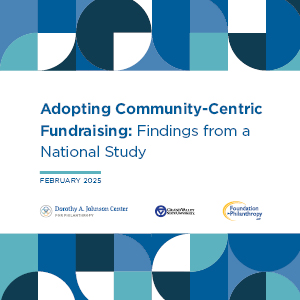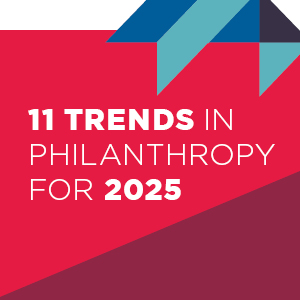Don’t Start a Nonprofit. Start a Giving Circle.
Nonprofits are a popular way to give back. However, they are not the only option — or even the best option, oftentimes. Giving circles are an excellent alternative that may provide greater impact with lower effort.













